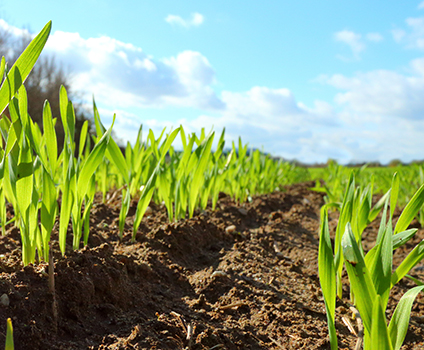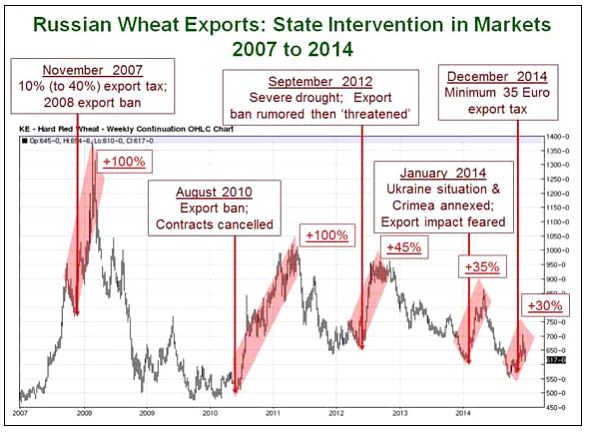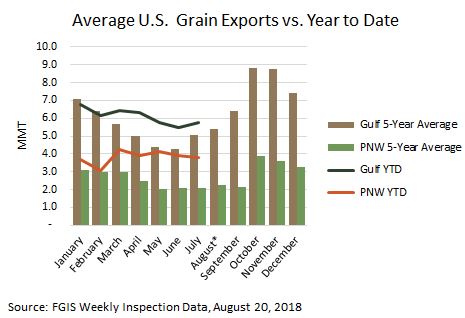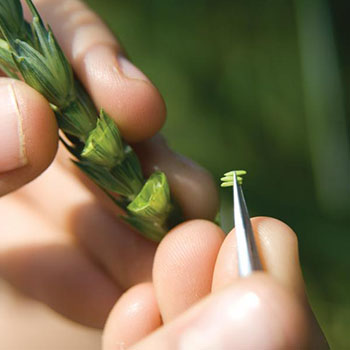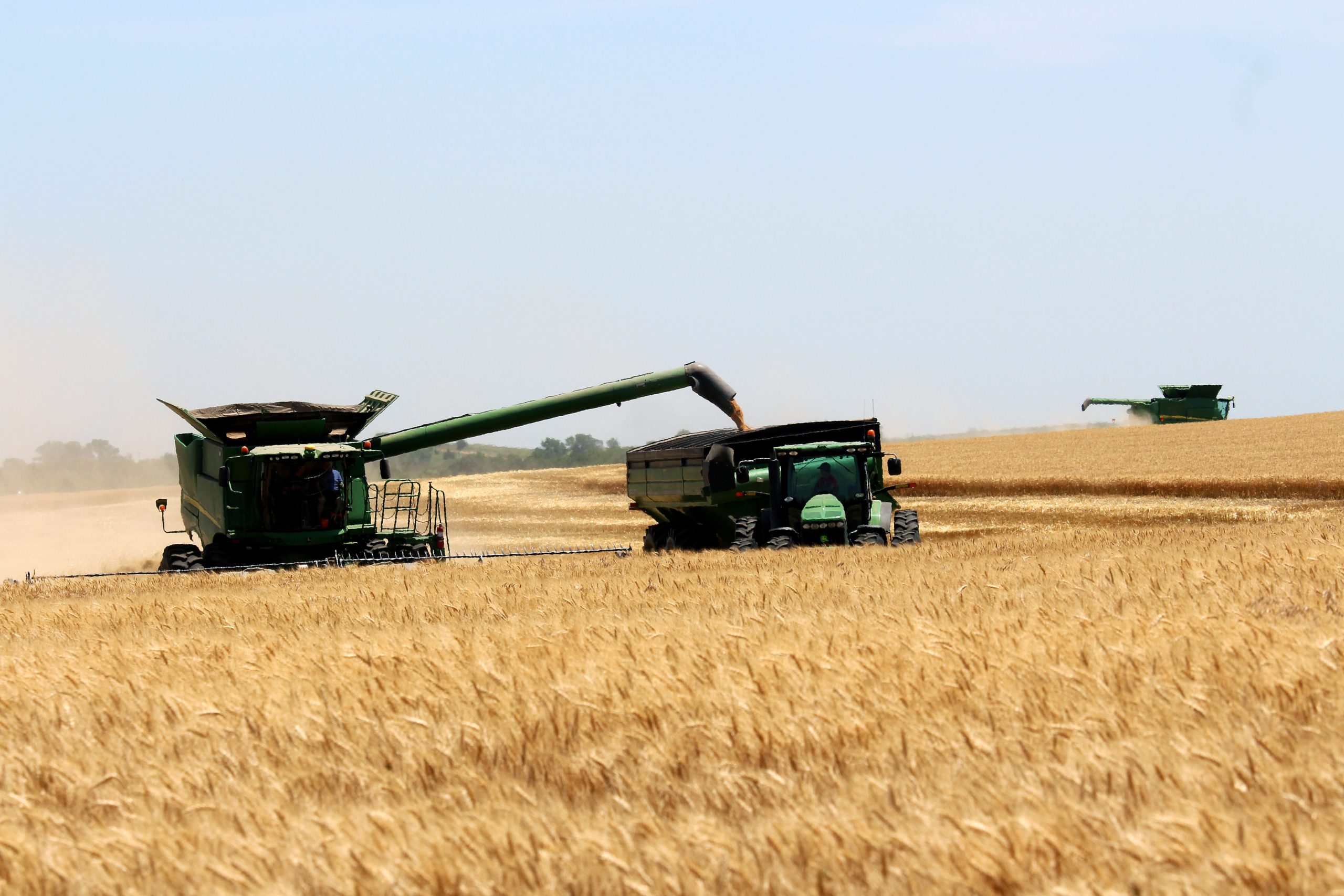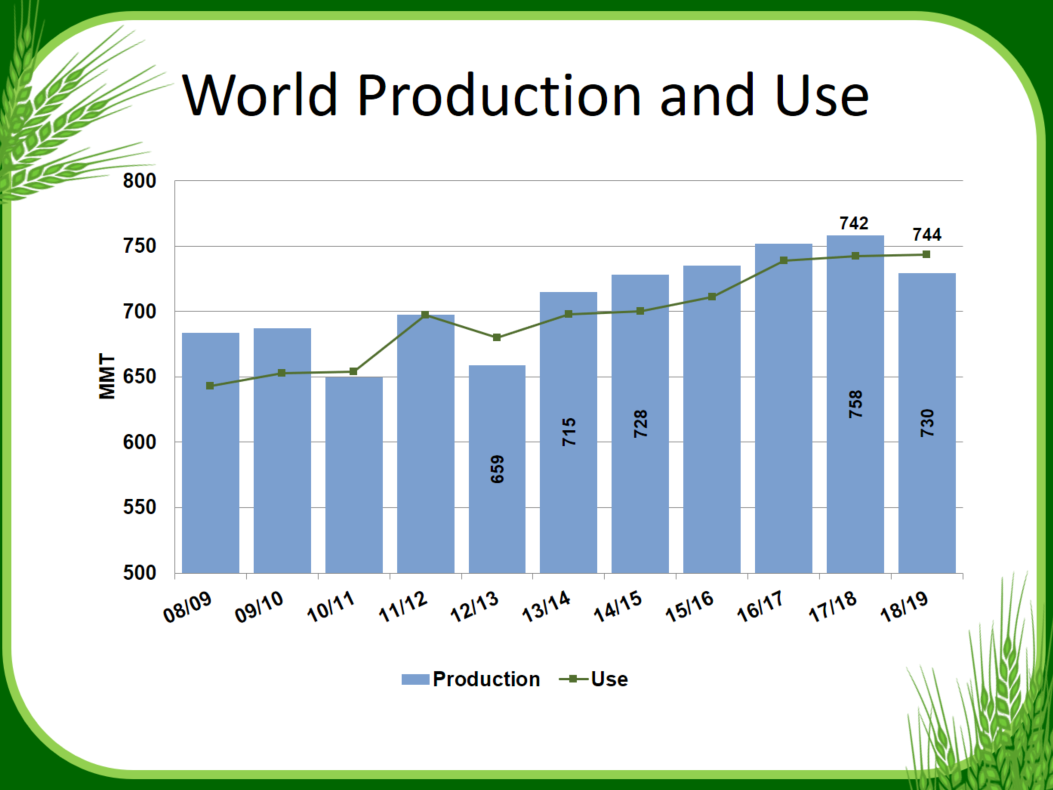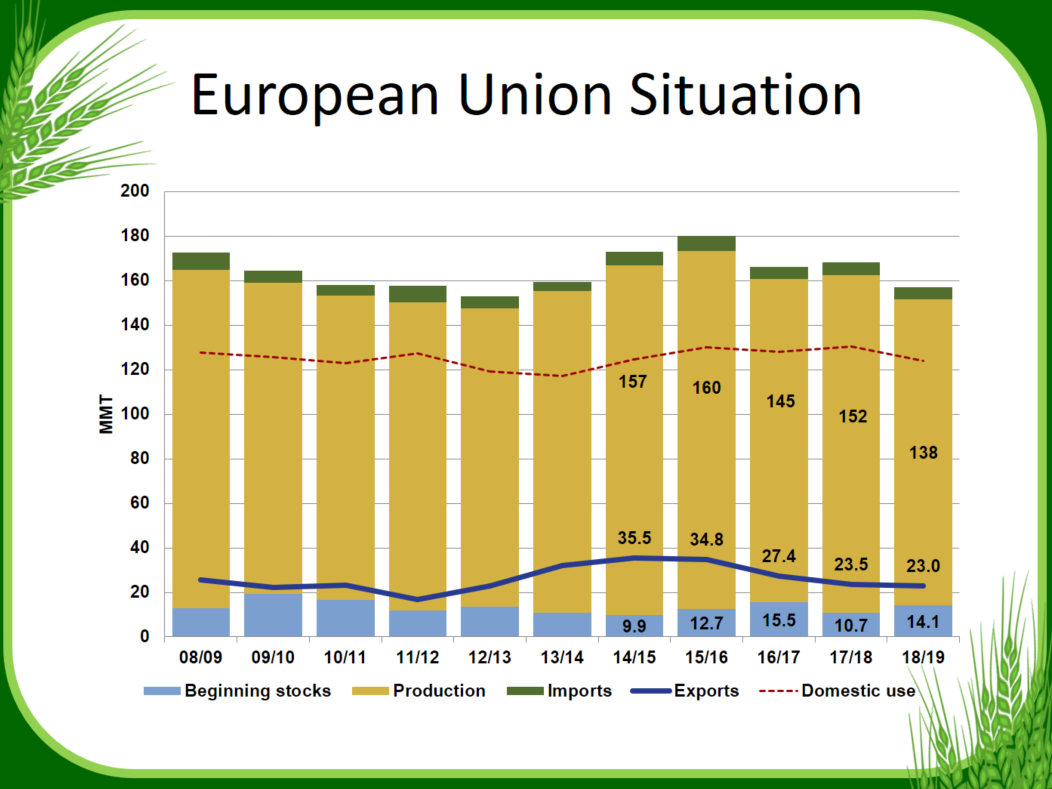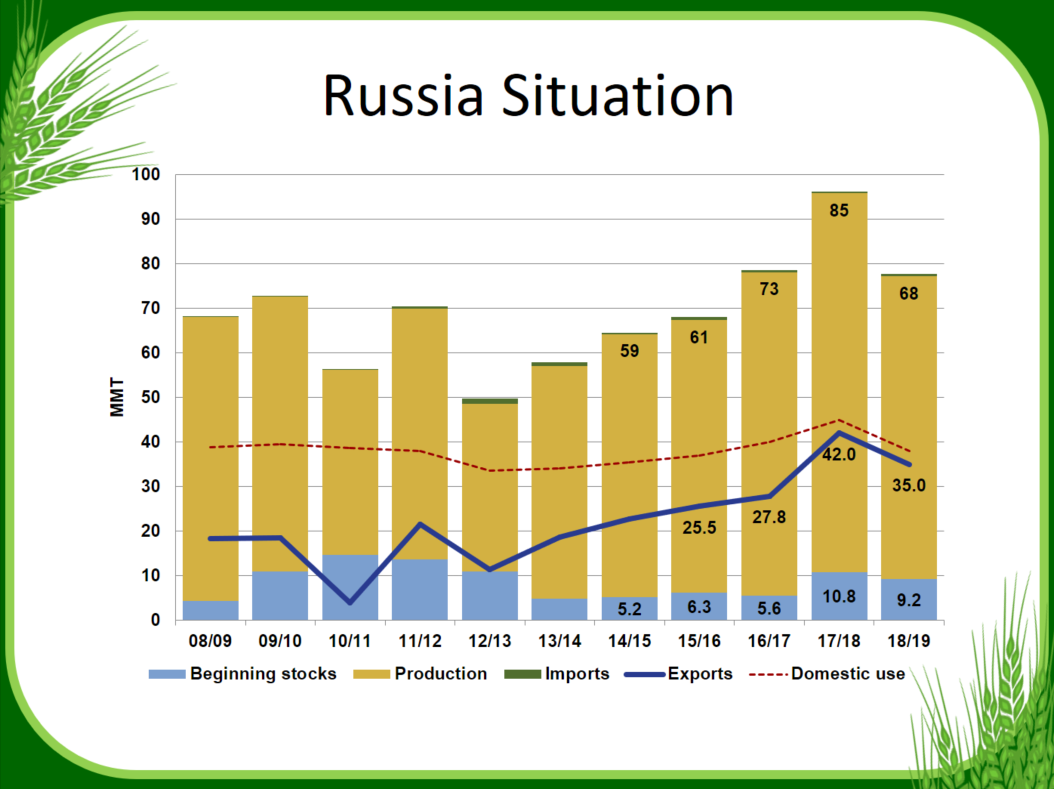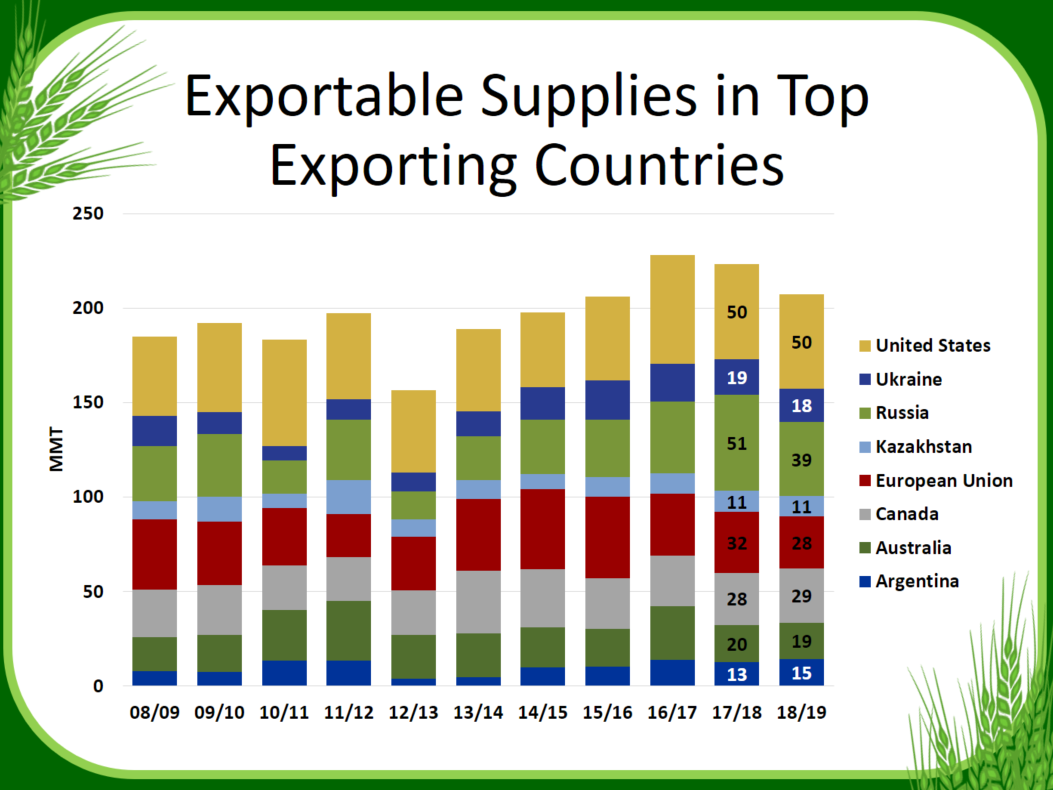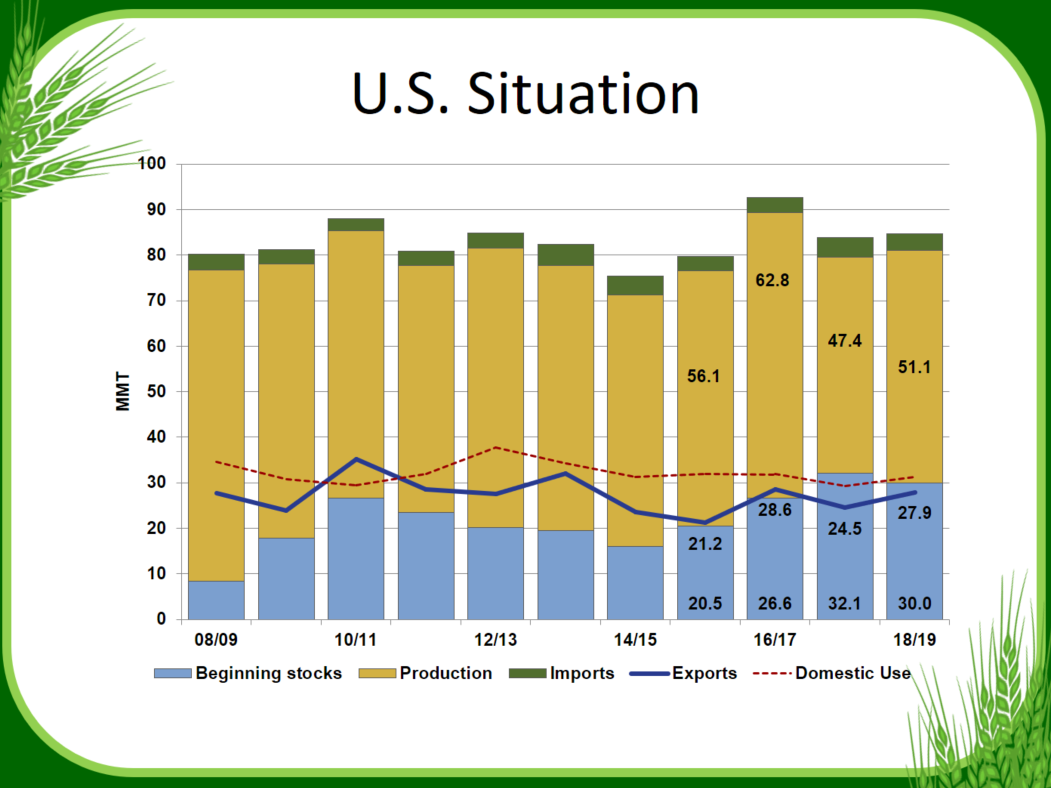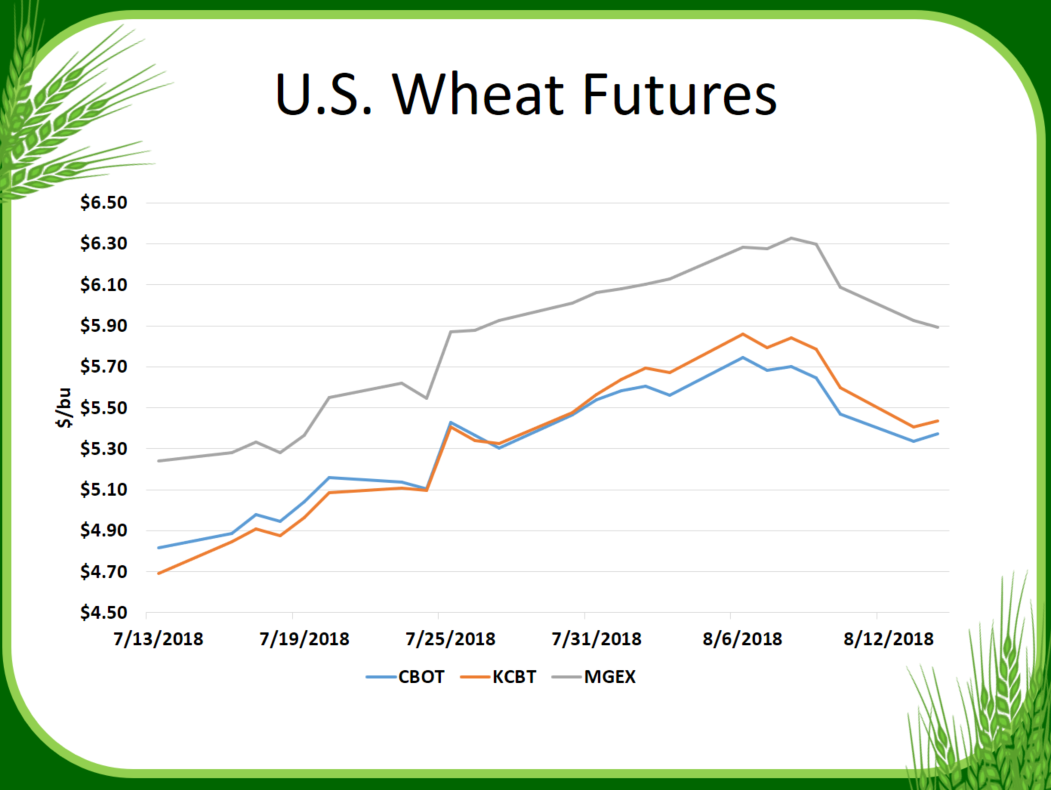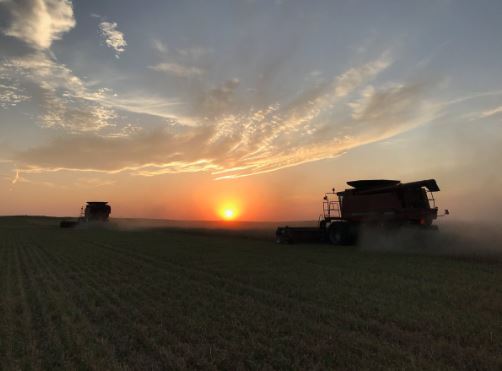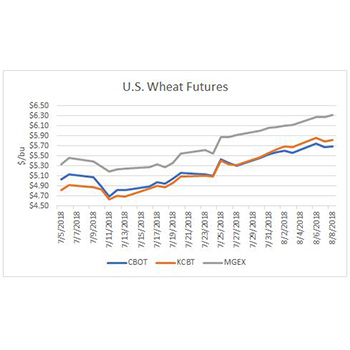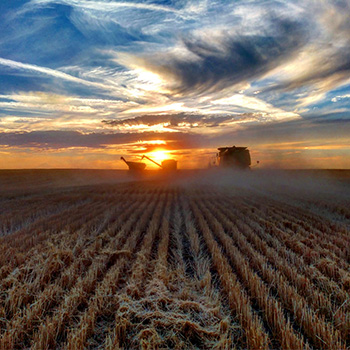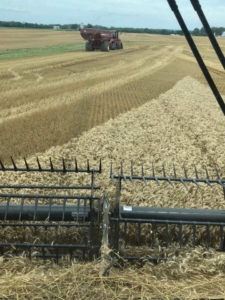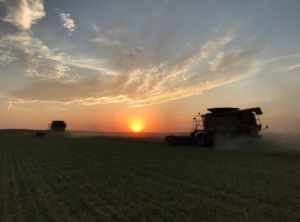By Haley Ahlers, Innovation Lab for Applied Wheat Genomics Project Manager. Reprinted with permission from Kansas Wheat. See the original article here.
Kansas State University scientists, in collaboration with the International Wheat Genome Sequencing Consortium (IWGSC), published in the international journal Science on August 16, 2018, a detailed description of the complete genome of bread wheat, the world’s most widely-cultivated crop. This work will pave the way for the production of wheat varieties better adapted to climate challenges, with higher yields, enhanced nutritional quality and improved sustainability.
The research article-authored by more than 200 scientists from 73 research institutions in 20 countries- presents the reference genome of the bread wheat variety Chinese Spring. The DNA sequence ordered along the 21 wheat chromosomes is the highest quality genome sequence produced to date for wheat. It is the result of 13 years of collaborative international research and the generous support of the National Science Foundation, Kansas farmers and many others.
“It is a dream come true for Kansas wheat farmers, who were the first to invest in the wheat genome sequencing project and pivotal in rallying U.S. wheat farmers in support of the wheat genome sequencing project,” said Dr. Bikram Gill, distinguished professor at Kansas State University who organized the first National Science Foundation and U.S. Department of Agriculture-sponsored workshop planning meeting on wheat genome sequencing in Washington, D.C., in 2003.
A key crop for food security, wheat is the staple food of more than a third of the global human population and accounts for almost 20 percent of the total calories consumed by humans worldwide, more than any other single food source. It also serves as an important source of vitamins and minerals.
Kansas farmers grow an average of 340 million bushels of wheat each year, but acres planted to wheat have dropped dramatically over the past decade, from 10 million acres to fewer than 8 million. To meet future demands of a projected world population of 9.6 billion by 2050, wheat productivity needs to increase by 1.6 percent each year. In order to preserve biodiversity, water and nutrient resources, the majority of this increase has to be achieved via crop and trait improvement on land currently cultivated, rather than committing new land to cultivation. In order for farmers to dedicate these precious resources to wheat production rather than production of other crops, wheat farming must become profitable.
With the reference genome sequence now completed, breeders have at their fingertips new tools to address global challenges. They will be able to more rapidly identify genes and regulatory elements underlying complex agronomic traits such as yield, grain quality, resistance to fungal diseases and tolerance to physical stress-and produce hardier wheat varieties.
“Completion of the sequence is a landmark event that will serve as a critical foundation for future wheat improvement,” said Dr. Allan Fritz, Kansas State University professor and wheat breeder. “It is the key to allowing efficient, real-time integration of relevant genetics, making the selection process more efficient-it’s a turbocharger for wheat breeding!”
It is expected that the availability of a high-quality reference genome sequence will boost wheat improvement over the next decades, with benefits similar to those observed with maize and rice after their reference sequences were produced.
“Kansas wheat farmers have been supporting the wheat genome sequencing efforts through the Kansas Wheat Commission’s wheat assessment since the establishment of the IWGSC in 2005, with a cumulative amount of nearly a quarter of a million dollars,” said Justin Gilpin, chief executive officer for Kansas Wheat. “The sequence of the bread wheat genome has already had a positive effect on wheat improvement, which not only affects the science behind wheat breeding, but has a long-lasting positive outcome in regard to wheat producer productivity, profitability and, ultimately, livelihoods.”
Sequencing the bread wheat genome was long considered an impossible task, due to its enormous size – five times larger than the human genome-and complexity-bread wheat has three sub-genomes and more than 85% of the genome is composed of repeated elements.
“It is exciting to be a part of this landmark achievement,” said Dr. Jesse Poland, associate professor at Kansas State University and director of the Wheat Genetics Resource Center and the USAID Innovation Lab for Applied Wheat Genomics. “This international effort, toward something that was once deemed impossible, will have tremendous impact on wheat in Kansas, and the world.”
The impact of the wheat reference sequence has already been significant in the scientific community, as exemplified by the publication on the same date of six additional publications describing and using the reference sequence resource, one appearing in the same issue of Science, one in Science Advances and four in Genome Biology. In addition, more than 100 publications crediting the reference sequence have been published since the resource was made available to the scientific community in January 2017. “We are extensively using the new reference sequence for more informed molecular breeding” commented Poland. “It is really having a big impact.”
In addition to the sequence of the 21 chromosomes, the Science article also presents the precise location of 107,891 genes and of more than 4 million molecular markers, as well as sequence information between the genes and markers containing the regulatory elements influencing the expression of genes.
The IWGSC achieved this result by combining the resources it generated over the last 13 years using classic physical mapping methods and the most recent DNA sequencing technologies; the sequence data were assembled and ordered along the 21 chromosomes using highly efficient algorithms, and genes were identified with dedicated software programs.
All IWGSC reference sequence resources are publicly available at the IWGSC data repository at URGI-INRA Versailles and at other international scientific databases such as GrainGenes and Ensembl Plants.
The Science article is entitled “Shifting the limits in wheat research and breeding using a fully annotated reference genome” and can be read here.
About the IWGSC
The IWGSC, with 2,400 members in 68 countries, is an international, collaborative consortium, established in 2005 by a group of wheat growers, plant scientists, and public and private breeders. The goal of the IWGSC is to make a high-quality genome sequence of bread wheat publicly available, in order to lay a foundation for basic research that will enable breeders to develop improved varieties. The IWGSC is a U.S. 501(c)(3) non-profit organization. www.wheatgenome.org

